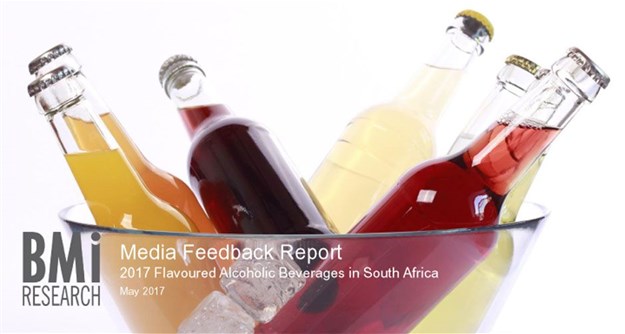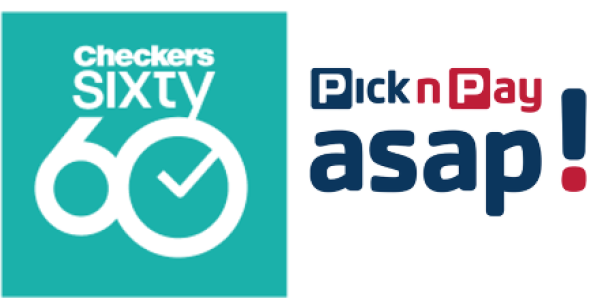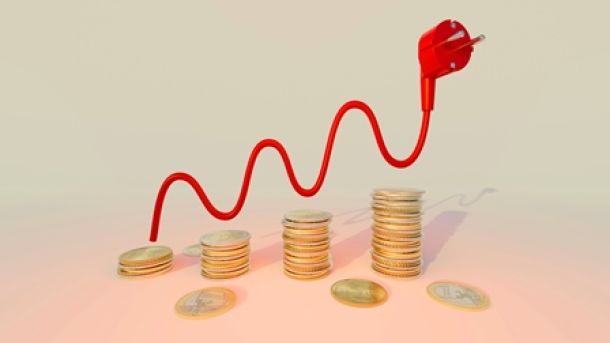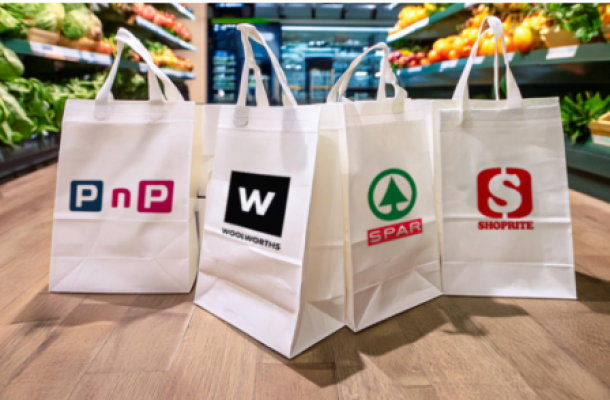BMi Research report on flavoured alcoholic beverages in South Africa
Recent findings released by BMi Research have revealed that flavoured alcoholic beverages saw a decline in 2015. This was followed by a further contraction in volumes in 2016. The category's value increase for 2016 was attributed exclusively to an increase in the average product pricing rather than an increase in volume.

|
The recent erosion in category volumes may be attributed to consumer traffic from flavoured alcoholic beverages to more affordable alcoholic drinks, such as home-brewed products. Congruent with this dynamic, there appears to be a general feeling in the industry that depleted consumer spending on luxury products is undermining category growth. The above-average price increases for flavoured alcoholic beverages continue to make the category a less attractive option for consumers. These price increases, for imported products in particular, have been driven by fluctuations in the rand value on international markets. The average industry selling price for this category grew at a higher rate than the CPI index in 2016.
However, the 2016 difference was limited compared to the significant CPI (Consumer Price Index) versus ISP (Industry Selling Price) differences seen in previous years. The smaller difference in 2016 may be attributed to stiff competition amongst brands and players, who kept price increases conservative in an attempt to gain share.
The off-consumption channel continued to gain volume share within this category from traditional on-consumption outlets. It is believed that an increase in the number of retail or wholesale liquor outlets, as well as a decrease in consumers, frequenting on-consumption outlets eroded the relative on-consumption channel share. The on-consumption channel accounted for 65.8% of the total volume sold in 2016, compared to 66.6% sold in 2015. This channel is losing share to sectors such as retail and wholesale as customers are believed to be purchasing the product to drink at a later stage. Gauteng remained the largest region in terms of volume sold in 2016. Most of the players are situated in this region and it is more profitable for them to distribute locally, thus volumes are promoted and distributed in this area.
In addition volumes packed in smaller denominations saw decline during 2016. It is believed that given the ongoing annual price increases for flavoured alcoholic beverages, consumers looked for better value-for-money offerings; this benefit was found in larger volume packs. Glass and bag-in-box pack formats noted lower declines in volume demand compared to smaller glass and can packs.
News Category
- International retailers
- On the move
- Awards and achievements
- Legislation
- Wine and liquor
- Africa
- Going green
- Supplier news
- Research tools
- Retailer trading results
- Supply chain
- Innovation and technology
- Economic factors
- Crime and security
- Store Openings
- Marketing and Promotions
- Social Responsibility
- Brand Press Office
Related Articles

Checkers Sixty60 wipes floor with Pick n Pay As...
By: Hanno Labuschagne - MyBroadband
MyBroadband recently pitted Checkers and Pick n Pay’s on-demand delivery services against each other and found both performed exceptionally well.

Top tips for consumers to combat escalating ele...
As a cold front sweeps across South Africa, Kantar's fourth annual Mzansi check-in also revealed growing consumer concern over loadshedding and the rising cost of living.

Clear winner in South African retail battle
By: Bianke Neethling – Daily Investor
This is the view of Sasfin analyst Alec Abraham, who told Daily Investor that the key headwind for food retailers in South Africa is the economic malaise degrading consumer wealth.

Drinks survey reveals Rooibos as a top choice a...
A national survey, released during Men’s Health Month, unveils fascinating insights into the beverage preferences of South African men.

Consumers pay more at till for chicken, but far...
By: Given Majola - IOL
While consumers paid more to buy chicken between February and April this year, farmers were paid less for this commodity, according to the latest Farm-to-Retail Price Spread report, published in May this year by the Nationa...

